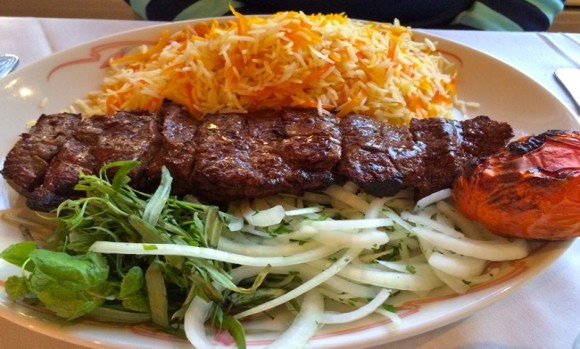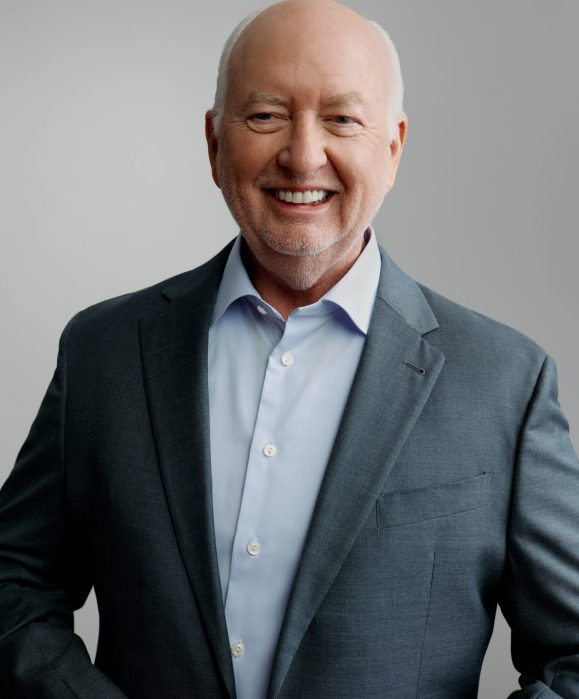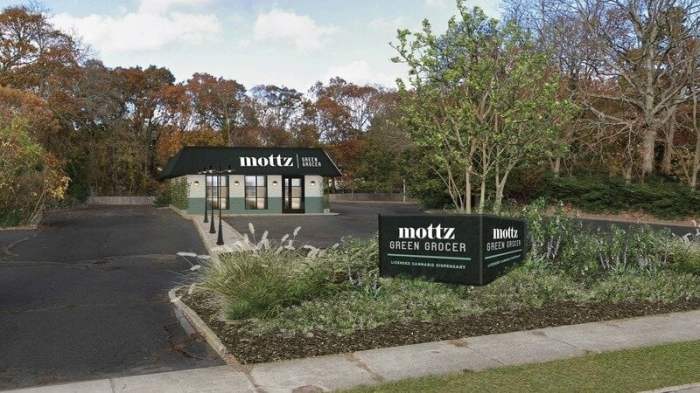Let us all wish a Happy 185th Anniversary to the Long Island Rail Road. On April 24, 1834, the LIRR was officially chartered by the State of New York. In 1900, the Pennsylvania Railroad bought a controlling interest as part of its plan for direct access to Manhattan which began on September 8, 1910. The Pennsylvania Railroad subsidized the LIRR into the late 1940s. This provided the financial basis for support of expansion and upgrades to service and infrastructure.
At the end of World War II, there began a decline of our LIRR with a corresponding loss of farebox revenues. The Pennsylvania Railroad began to reduce financial support as well. This played a part in the LIRR going into receivership in 1949. In recognition of the role the LIRR played in the economy of both Long Island and NYC, New York State began providing financial assistance to the LIRR in the 1950s and 1960s.
The “Line of the Dashing Dan” was officially chartered on April 24, 1965, by the State of New York. Prior to 1965, the LIRR derived almost 100 percent of its funding for both capital and operating expenses from fares. Chartered by the State Legislature in 1965 as the Metropolitan Commuter Transportation Authority (MCTA), it was created to purchase and operate the bankrupt LIRR.
In 1966, New York State bought the railroad’s controlling stock from the Pennsylvania Rail Road and put it under the newly formed Metropolitan Commuter Transportation Authority. The MCTA changed its name to the Metropolitan Transportation Authority (MTA) in 1968 when it took over operations of the NYC Transit Authority.
With MTA subsidies, the LIRR modernized further and grew into the busiest commuter railroad in the United States. Over the past 51 years, several billion dollars in combined county, city, state and federal taxpayers generated dollars have subsidized both the capital and operating costs for the LIRR.
Riders must remember that fare hikes are periodically required if the MTA is to provide the services millions of New Yorkers use daily. They are inevitable due to inflation, along with increasing costs of labor, power, fuel, supplies, materials, routine safety, state of good repair, replacement of worn out rolling stock, upgrades to stations, yards and shops along with system expansion projects necessary to run any transit system.
In the end, quality and frequency of service is dependent upon secure revenue streams. We all have to contribute—be it at the farebox or tax revenues generated by different levels of government redistributed back to the MTA.
TANSTAFFL or “There Ain’t No Such Thing As A Free Lunch” or in this case a free ride.
—Larry Penner
Larry Penner is a transportation historian, advocate and writer who previously worked 31 years for the US Department of Transportation Federal Transit Administration Region 2. This included the development, review, approval and oversight for grants supporting billions in capital projects and programs on behalf of the MTA, NYC Transit, LIRR & Metro North, MTA Bus, New Jersey Transit, NYC Department of Transportation, Nassau County NICE Bus and 30 other transit operators in NY & NJ.
Would you like to share your opinion about this topic? Is something else on your mind? Send a letter to the editor to kdijkstra@antonmediagroup.com for publication in print and online. Click here to view our letters policy.


































